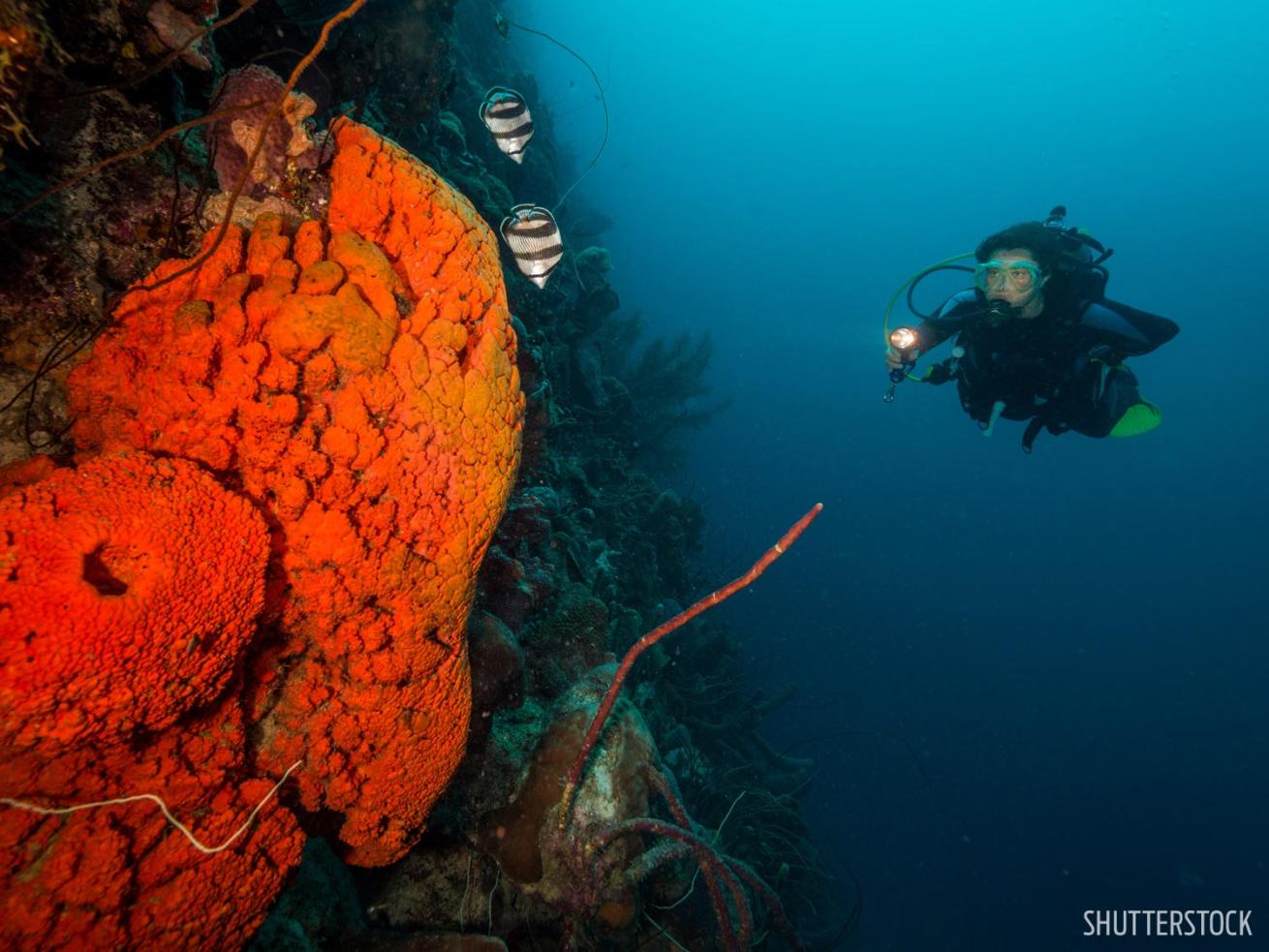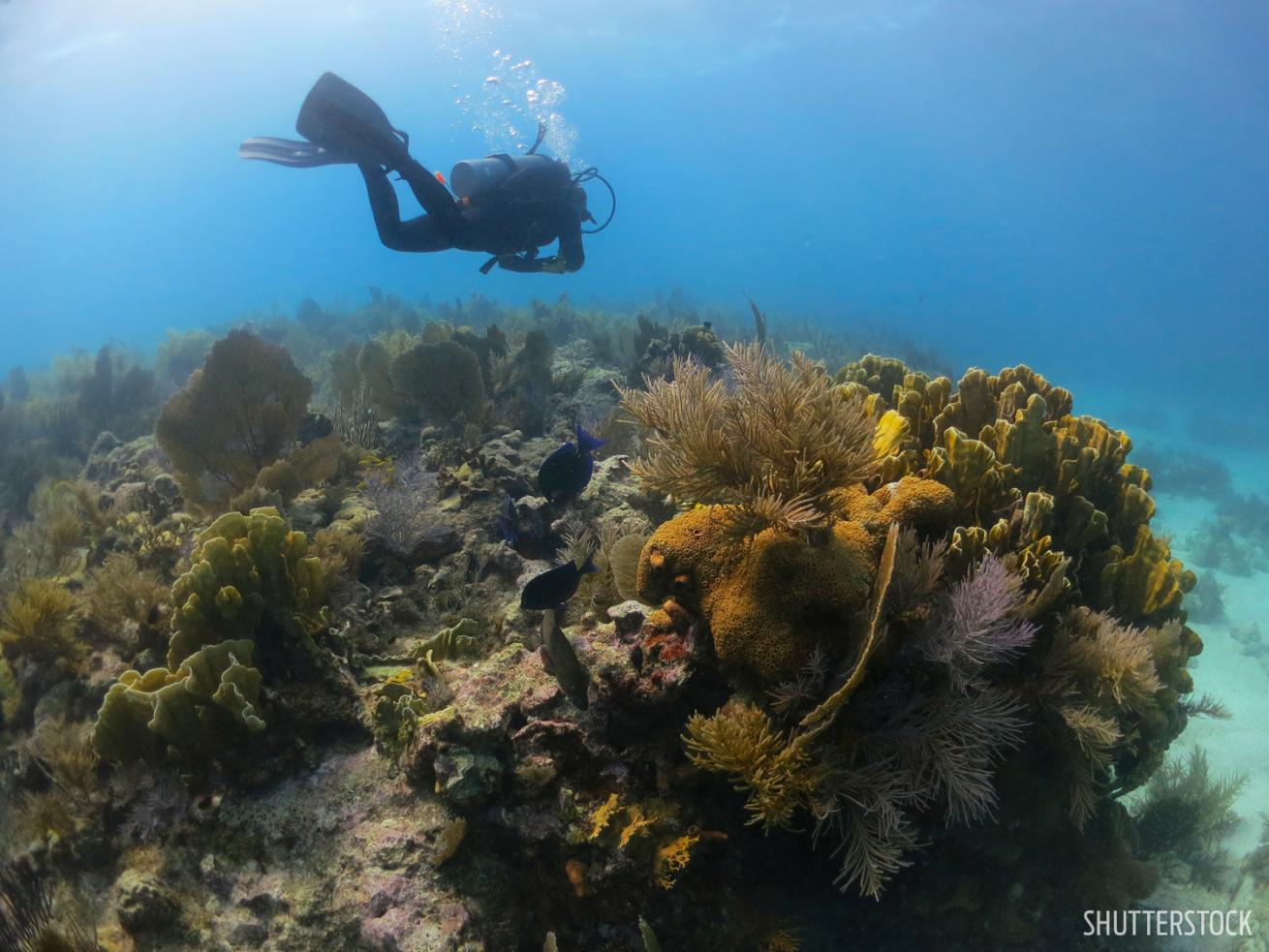World's Best Destinations for Beginner Diving in 2016
Why do the Top 100 Readers Choice Awards, now in their 23rd year, still matter to divers? Because these are your picks, based on thousands of votes from the most experienced dive travelers on the planet. Why do they matter to us? Because every month you hear from our editors on what we think matters in the world of dive travel. For the January/February issue of Scuba Diving we get to listen to you, and we’re taking notes.
Here, we present the No. 1 ranking destinations in the Best Beginner Scuba Diving category of the awards. The full list of winning destinations is below.

ShutterstockBonaire
Best Beginner Diving in the Caribbean and Atlantic
While shore diving on Bonaire is often touted as being as easy as a walk in the park, truthfully, some of its sites are challenging to enter and exit, what with rocky, ironshore bottoms, broken corals and sea urchins clinging to the shore substrate. Beginners will find all the resort house reefs easy — for one, gear lockers and gear setups are either near to or right on the dock, and ladders aid the enter and exit process. Getting in is usually also possible by giant-striding from a dock and then swimming just a few fin kicks to where the reef begins. Try Buddy Reef at Buddy Dive Resort, 18 Palms at Plaza Beach Resort, Bari Reef at Sand Dollar Resort and Calabas at Divi Flamingo Beach Resort. Easy coastal road spots include Windsock, which has one of the few sandy beaches on the island; Oil Slick Leap, where you can giant-stride in and then use a ladder to get out; and Bachelor’s Beach. Novice divers may also be more comfortable doing their dives from a boat with a divemaster, which all the big dive resorts offer.

ShutterstockFlorida
Best Beginner Diving in North America
Not all the diving in Florida is tailor-made for beginners, but it’s not surprising that readers voted the state No. 1 in its region for beginner diving. In North America there’s nowhere better to go than America’s Caribbean, the Florida Keys. Leave the famous deep wrecks like Spiegel Grove, Vandenberg and Eagle to advanced divers, and hit the shallow reefs to add to your brand-new logbook. Most of the time, you’ll be in the 20- to 35-foot range, which is the perfect depth to build confidence, log tons of bottom time and still see everything this chain is famous for — the only living coral reef in the continental U.S. and reef fish, such as yellowtail snapper, grunts, goatfish and damselfish galore. The notable sites perfect for novices read like a survey course in literature: Christ of the Deep statue in Key Largo in 25 feet of water; French Reef, also off Key Largo, in 15 to 40 feet of water; Islamorada’s Davis Reef in 25 feet; Sombrero Reef off Marathon in the 10- to 25-foot range; Looe Key, a spur-and-groove reef in five to 35 feet of water; and Key West’s Eastern Dry Rocks in about 35 feet of water.

ShutterstockHawaii
Best Beginner Diving in the Pacific and Indian Oceans
More visitors flock to the islands of Hawaii than just about any other dive destination in the world. So, it’s probably no surprise that the region’s operators are highly skilled at training new divers. And with shallow, sheltered reefs such as Maui’s Molokini Crater and easily accessible, purpose-sunk wrecks, including Oahu’s Sea Tiger, there’s no shortage of beginner-friendly options to hook rookies right away.
How We Got the Numbers Thousands of Scuba Diving subscribers and online users rated their experiences at dive destinations in a variety of categories on a scale from one to five. Final scores are an average of the numerical scores awarded. A minimum number of responses was required for a destination to be included in these ratings.










